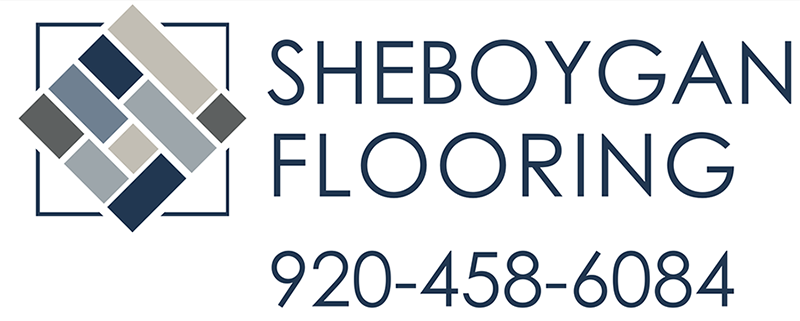When considering updating your home with new waterproof flooring, the idea of installing it over existing surfaces can be tempting. This approach offers the allure of convenience and potential cost savings. However, it also comes with unique challenges that require careful planning and execution to ensure the new flooring performs well and lasts long. Sheboygan Flooring and Furniture, based in Sheboygan, WI, brings you an in-depth guide on how to tackle these challenges effectively and ensure your new waterproof flooring lives up to its potential.
Challenge 1: Uneven surfaces
One of the first issues you might encounter when installing waterproof flooring over an old surface is unevenness. Existing flooring, whether it’s old hardwood, tile, or even laminate, can have dips, bumps, or uneven wear that can compromise the stability and appearance of the new flooring.
Solution: Start with a thorough assessment of the current flooring. Use a level to identify high and low spots. Depending on the severity, you might need to use a floor leveling compound to create a flat surface, or in some cases, it might be necessary to remove the old flooring entirely to address subfloor issues.
Challenge 2: Adhesion problems
Waterproof flooring needs to adhere properly to the surface beneath to avoid shifting, buckling, or gaps. Adhesion can be challenging if the existing floor has residues like glue, wax, or an old finish that may impede the new material from sticking.
Solution: Thoroughly clean the existing flooring surface. Remove any wax, grease, or debris and sand down any residual adhesives or finishes to create a smooth, clean base. If you’re using glue-down vinyl planks or tiles, consider applying a primer to ensure a good bond.
Challenge 3: Moisture issues
Installing waterproof flooring doesn’t automatically solve moisture problems that may exist with the old flooring. If moisture is present beneath ceramic tiles or within a concrete slab, it can affect the new flooring, leading to mold, mildew, or deterioration over time.
Solution: Conduct a moisture test before installation. If moisture levels are high, use a moisture barrier or a waterproof underlayment to prevent water from damaging both the new flooring and the subfloor. In very damp areas, addressing external issues like drainage or humidity control might also be necessary.
Challenge 4: Transitioning between rooms
When installing new flooring over an old one, you may find that the height of the floor changes, leading to issues with transitions between different rooms. This can affect not just the aesthetics but also the functionality, creating potential tripping hazards.
Solution: Use transition strips to smoothly bridge the height difference between rooms. These strips come in various materials and finishes that can match your new flooring while ensuring a safe and appealing transition.
Challenge 5: Damage to existing flooring
If the old flooring is a valuable or delicate material, such as heritage wood or natural stone, you might be concerned about damage during the installation of the new flooring.
Solution: Evaluate the condition and value of the existing flooring. In cases where preservation is a priority, consider removing the old flooring carefully for reuse or donation before installing the new waterproof surface. Alternatively, choose a floating installation method for the new flooring, which minimally impacts the underlying surface.
Preparation steps for installing waterproof flooring
-
Inspect and repair the subfloor: Ensure it is stable, level, and free of damage. Replace any rotten or weakened sections.
-
Clean thoroughly: Remove all dirt, debris, and residues from the old flooring.
-
Apply a suitable underlayment: This step is crucial for soundproofing, moisture control, and creating a smooth base.
-
Acclimate the flooring: Allow the waterproof flooring materials to adjust to the room conditions for at least 48 hours before installation to prevent expansion or contraction post-installation.
-
Plan the layout: Measure the space and plan the layout to minimize cuts and waste. Start from the center or from the most visible point of the room.
Tips for ensuring long-lasting performance
-
Choose high-quality materials: Opt for the best quality waterproof flooring you can afford to ensure durability and aesthetic appeal.
- Follow manufacturer instructions: Each type of flooring might have specific requirements for installation; adhering to these will enhance performance and longevity.
- Maintain regularly: Even waterproof floors require maintenance. Clean spills promptly, avoid abrasive cleaners and use furniture protectors to prevent scratches.
By understanding these challenges and solutions, homeowners in Sheboygan can confidently update their homes with new, durable, waterproof flooring. If you’re ready to embark on this project, contact Sheboygan Flooring and Furniture for expert advice and professional installation services. Our team is here to help you achieve a flawless finish that enhances your home’s beauty and functionality. Call us today or visit our showroom to explore our wide range of waterproof flooring options!









